Solar As A Service
Solar As A Service
Affordable Solar, Without the Headaches
Everything You Need. One Monthly Payment. Zero Hassle.
Going solar is a smart move, but the traditional upfront payment model isn’t for everyone. That’s why we offer Solar As A Service, a simple monthly payment plan that includes everything: installation, support, maintenance, monitoring, and peace of mind. You get the same high-quality solar system—without the upfront cost or long-term risks.
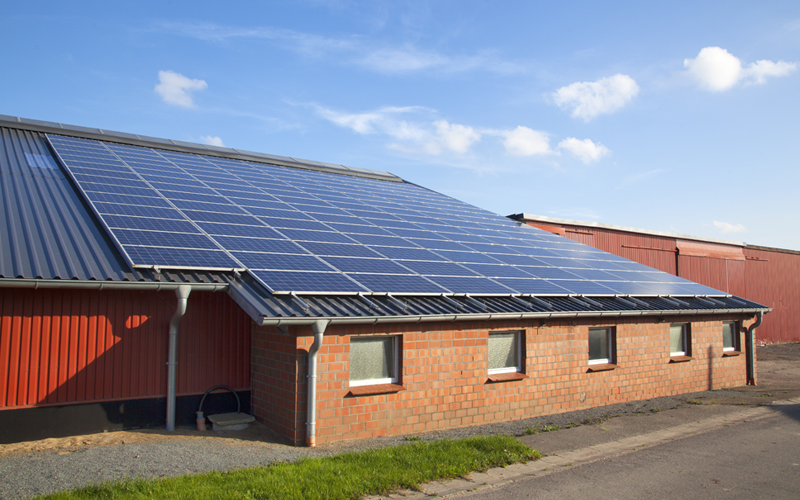
What’s Included in Solar As A Service?
- Full system design and professional installation
- Real-time system monitoring
- Scheduled health checks and performance reviews
- Repairs, callouts, labour & parts – no hidden costs
- Manufacturer panel warranty (25 years)
- Full support for 5 or 10 years (your choice)
- Dedicated customer service
- Optional battery and EV charger add-ons
All for one clear and fixed monthly fee, starting from just €49.95 per month (based on system size).
How Does It Compare?
| Feature | Upfront Payment Model | Solar As A Service |
|---|---|---|
| Upfront Cost | €6,500–€9,000 | 10% Deposit + from €49.95/month |
| Installation Warranty | 1–2 years | Full term (5–10 years) |
| Monitoring Set Up | Included | Included |
| WIFI Connection Issues | Not Included | Included |
| System Maintenance | Pay per issue | Included |
| Callout & Labour Costs | €150–€300+ per visit | Included |
| Parts Replacement (e.g.Inverter) | €1,000–€1,500 | Included |
| Long-Term Risk | Customer absorbs it | We cover it |
| Ownership | Customer owns panels outright | Customer owns, with service plan |
| Support Desk | Limited | 10 Year Access |
Example: The Hidden Costs of Upfront Payment
Here are some common examples.| Issue Type | Year | Typical Problem | Upfront Payment Customer Pays | Solar As A Service Customer Pays |
|---|---|---|---|---|
| Inverter | Year 7 | Inverter stops working after power surge | €1,000 (new inverter) + €450 (labour) = €1,450 | €0 – full replacement & labour included |
| Water Diverter (Eddi) | Year 4 | Eddi– failure outside 3- year warranty | €400 (unit) + €350 (labour) = €750 | €0 – diagnosis, replacement & callout covered |
| Panel Damage | Year 5 | Panel cracked due to storm damage – not covered by manufacturer warranty | €350 (panel) + €350 (roof access & labour) = €700 | €0 – system health check, replacement & re- roofing support included |
And if you’re out of warranty? You cover the full cost.
With Solar As A Service:
- The equipment is replaced at no extra cost
- Callout, labour, and downtime? All covered
- You just keep paying your fixed monthly fee—no surprises
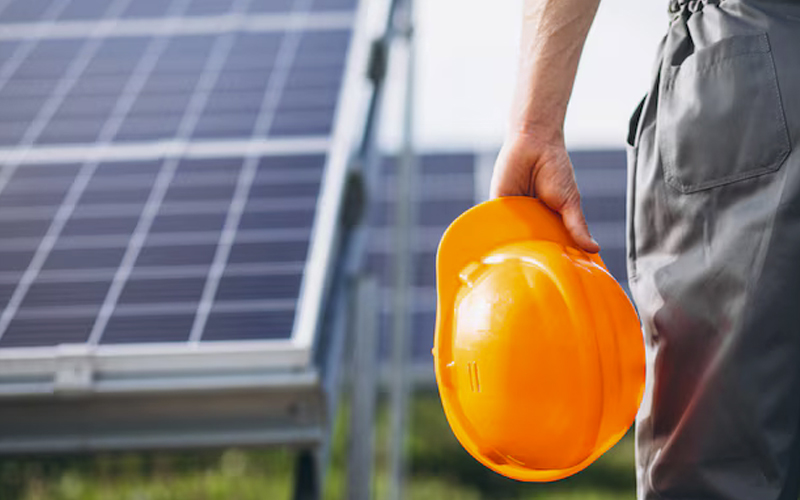
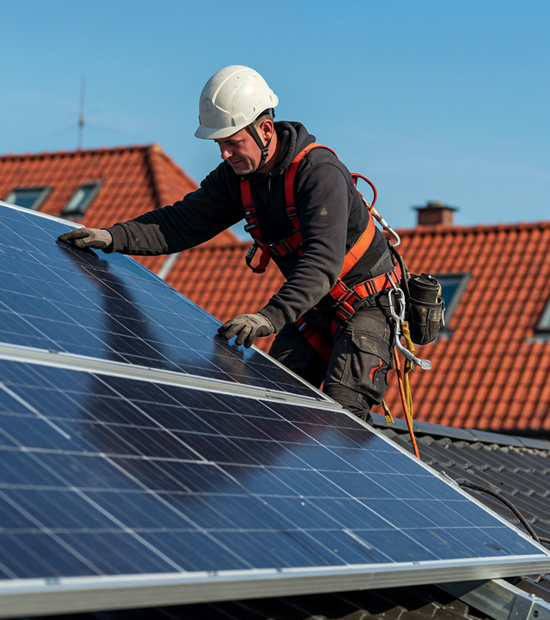
Peace of Mind for Years
When you go solar the traditional way, you're often on your own after the first year or two. Any issues, performance dips, faults, weather-related damage, can cost you. With Solar As A Service, you’re never left on your own. We’re with you for the long haul.
Who Owns the System?
You do. The panels are yours from day one, but we support them under a service contract. As long as your monthly payments are up to date, you benefit from full protection and all included services. This structure also avoids the complexity of lease or hire-purchase arrangements.
Optional Extras
Add battery storage or system expansions to your package,all covered under the same service model with fixed monthly pricing.
Ready to Learn More?
Switching to solar doesn’t have to mean emptying your bank account or stressing about what might go wrong.
With Solar As A Service, we do the heavy lifting, so you can enjoy clean energy and long-term savings—worry-free.
It’s worth noting: While the monthly pricing may appear higher than a traditional upfront system at first glance, the reality is often very different.
When you factor in all the extras—maintenance, repairs, monitoring, and long-term support—Solar As A Service often ends up costing less over the full term. And unlike standard installs, you’re protected every step of the way.
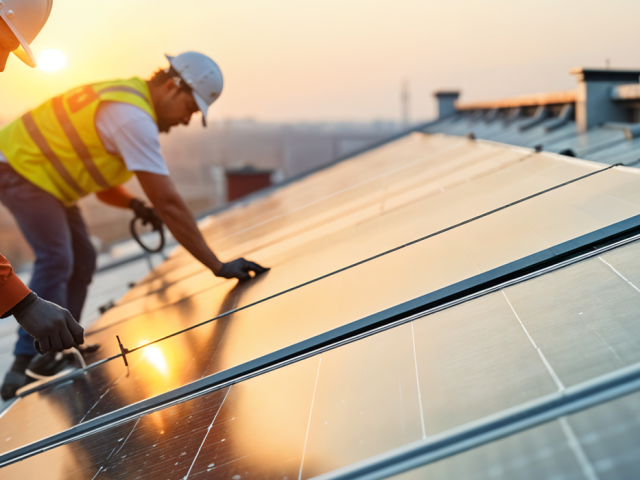
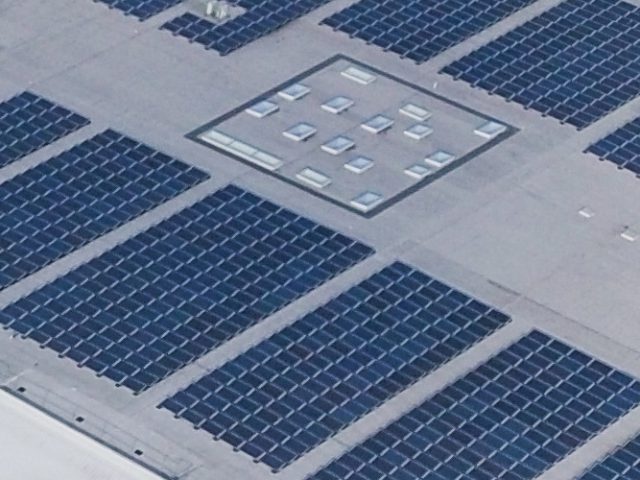
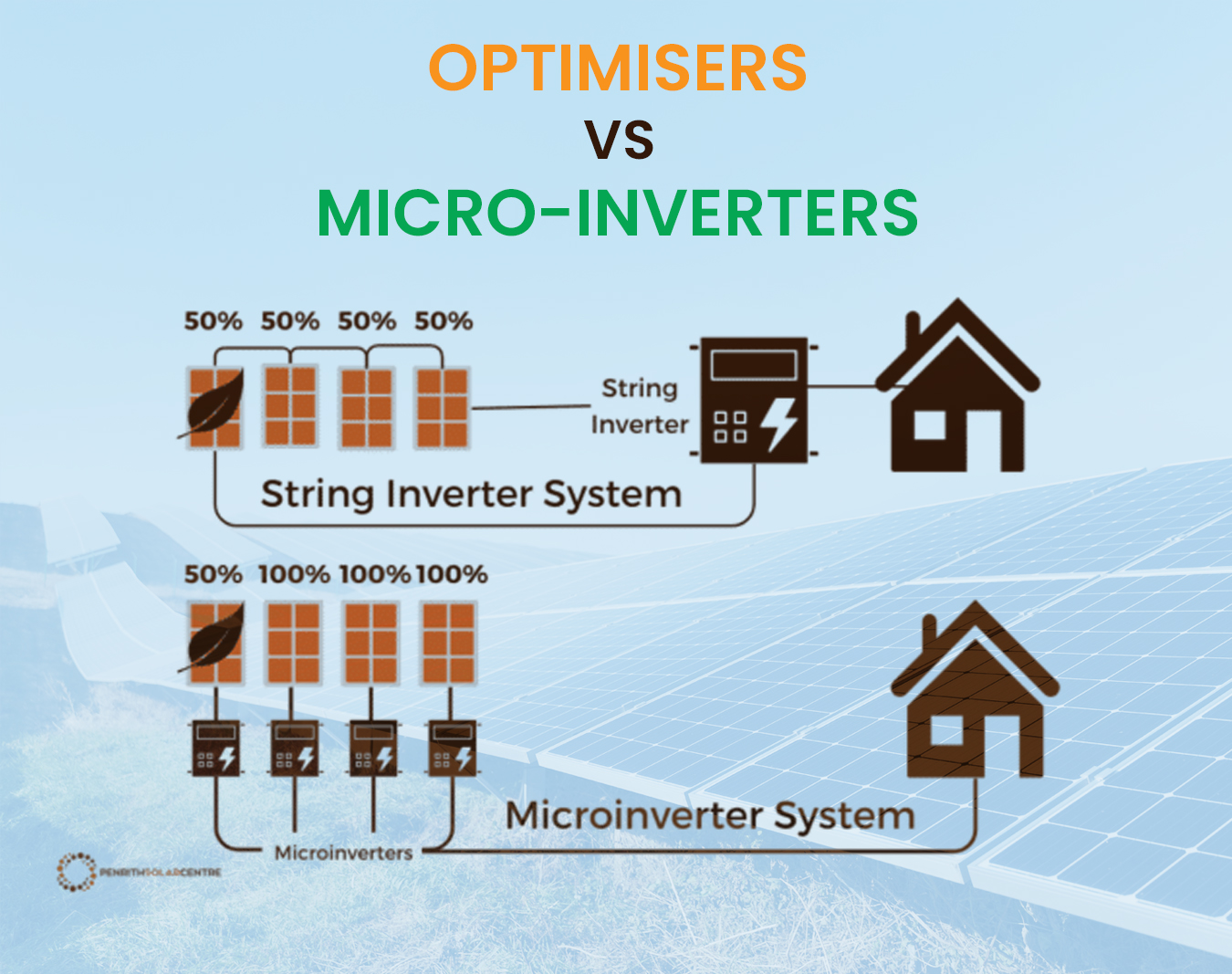
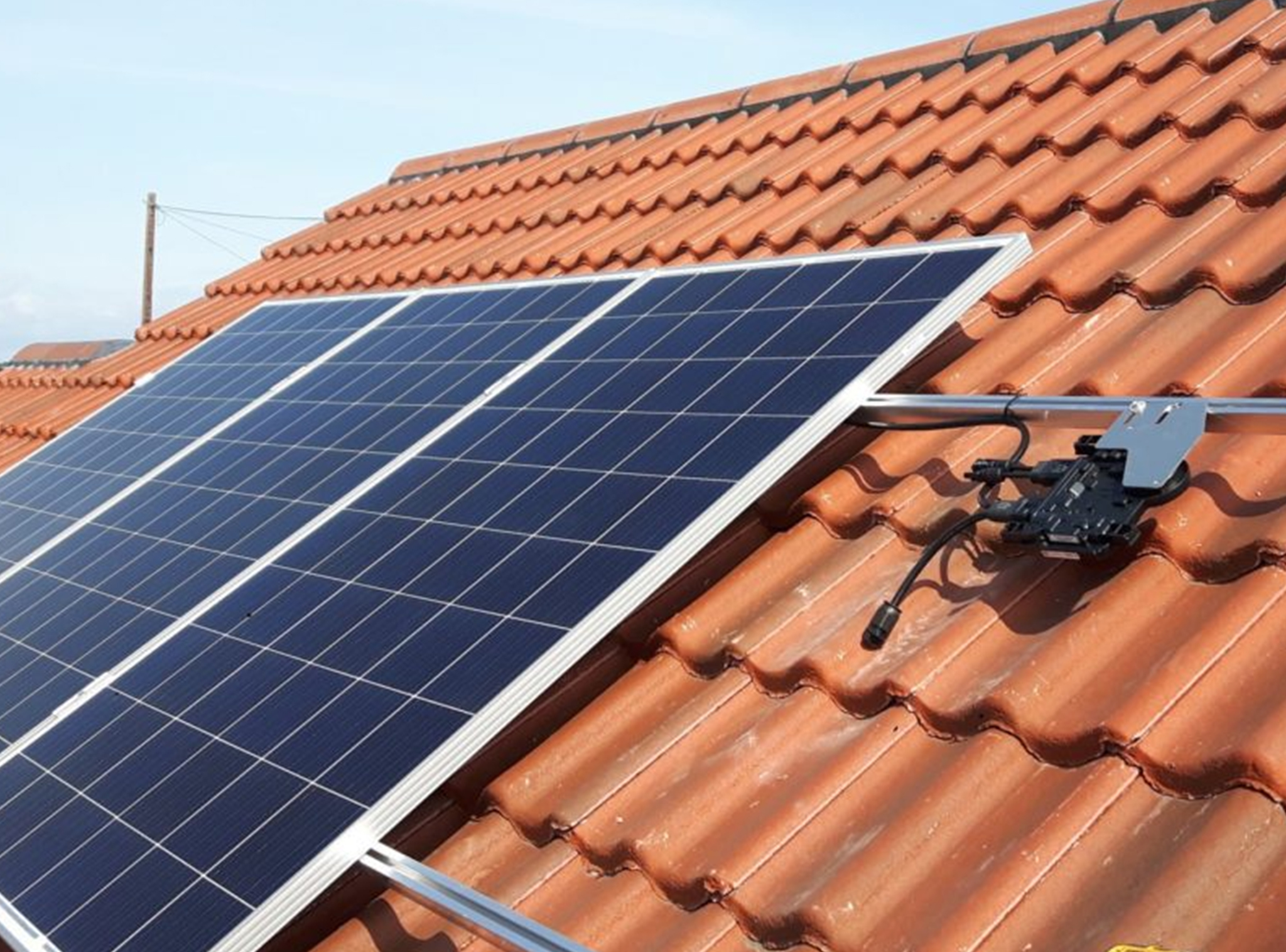
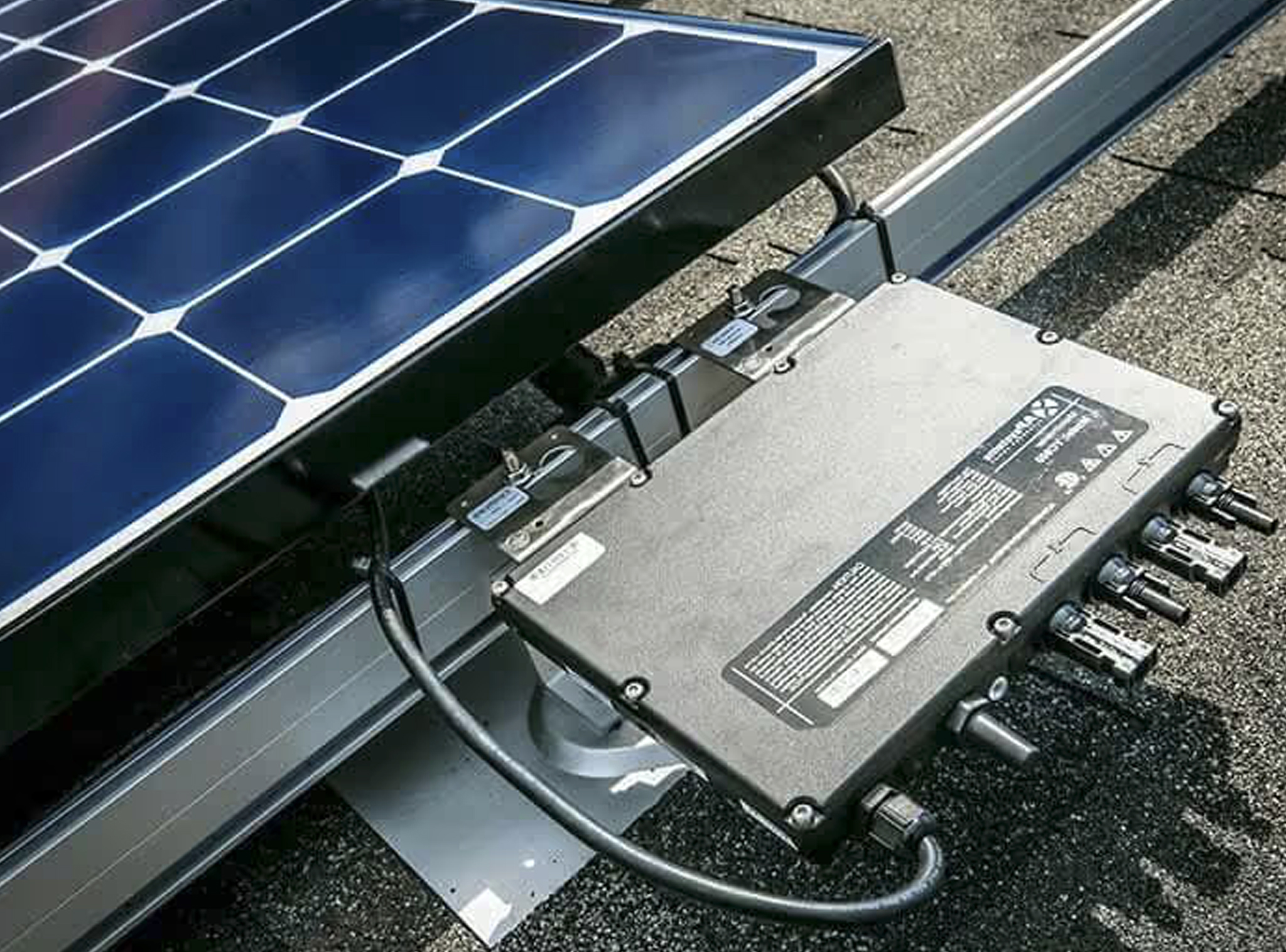
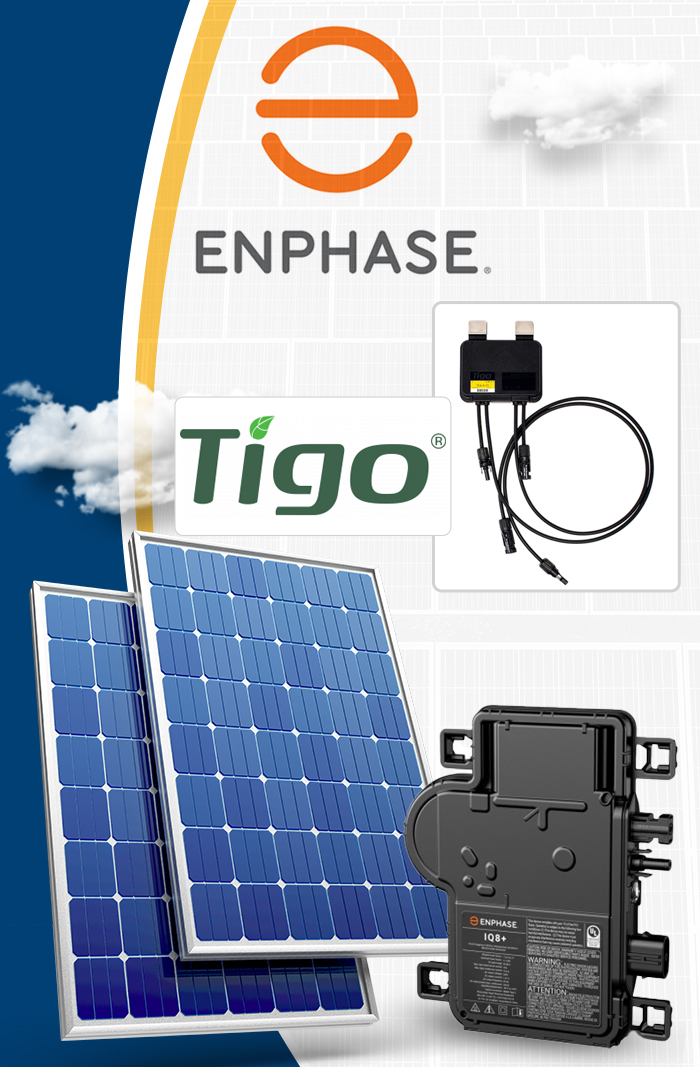
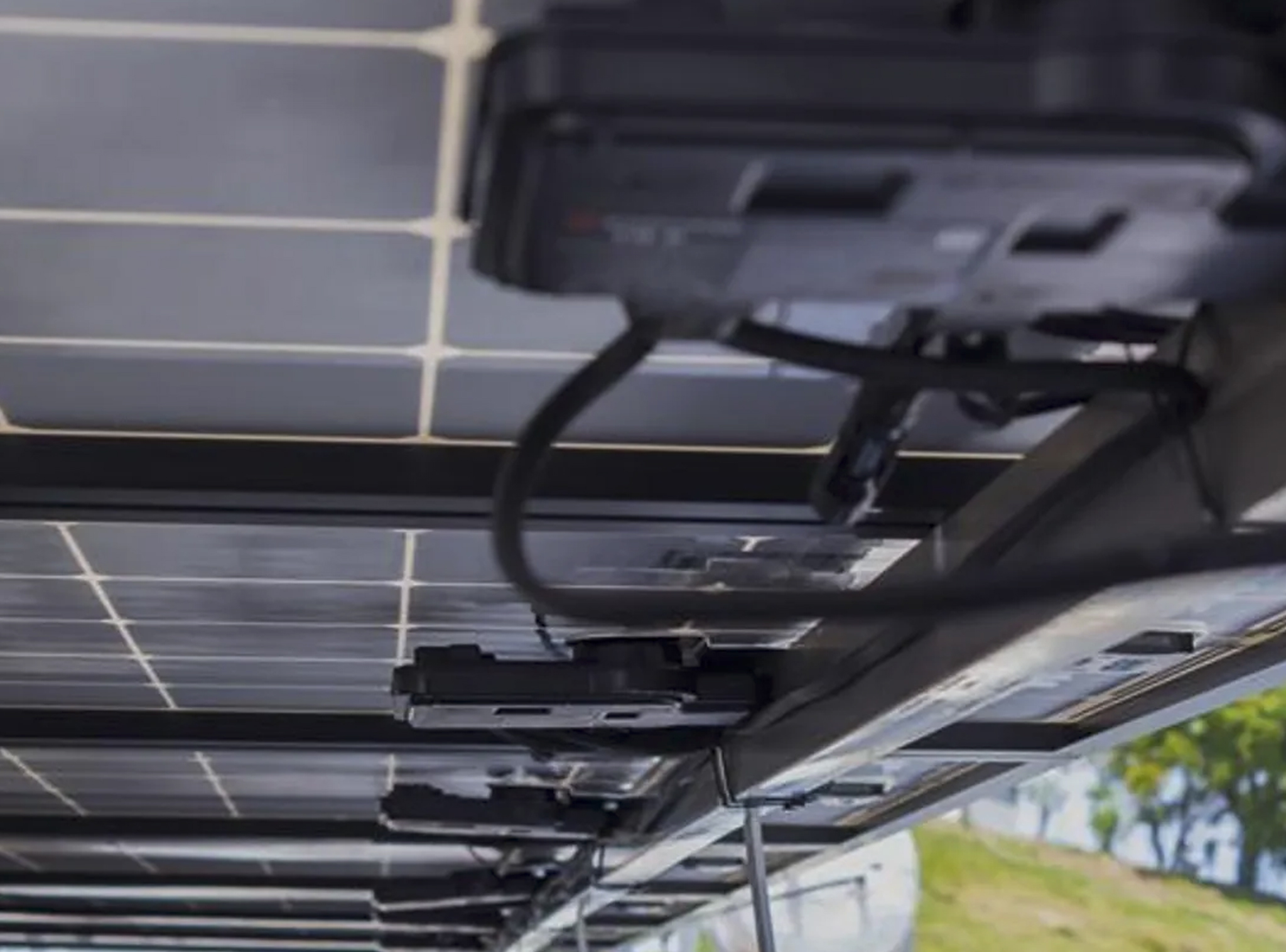
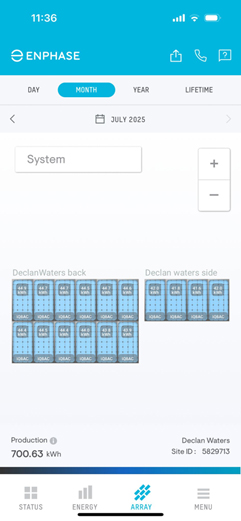
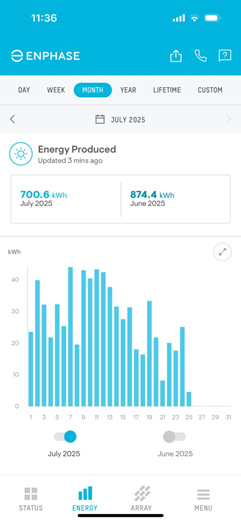





 Yes, it is possible to charge an electric car (EV) from a solar power system. In order to do this, you would need to have a solar power system installed at your home or the location where your EV is parked, and connect the system to an electric car charging station.
The charging station would convert the electricity generated by the solar panels into a form that can be used to charge the car's battery.
Yes, it is possible to charge an electric car (EV) from a solar power system. In order to do this, you would need to have a solar power system installed at your home or the location where your EV is parked, and connect the system to an electric car charging station.
The charging station would convert the electricity generated by the solar panels into a form that can be used to charge the car's battery.



 The benefits of solar energy are undeniable. It is not difficult to see why more and more people choose to invest in solar panels.
Still, deciding between switching to a solar system requires serious consideration.
Like with everything, there are advantages and disadvantages to take into account. Here we take a look at them.
The benefits of solar energy are undeniable. It is not difficult to see why more and more people choose to invest in solar panels.
Still, deciding between switching to a solar system requires serious consideration.
Like with everything, there are advantages and disadvantages to take into account. Here we take a look at them.

 Switching to solar energy can be frightening at first. You have probably heard about the expensive installation costs – they can really be daunting.
If you are thinking about making the investment, you are probably wondering – are solar panels worth it in Ireland?
The answer is – yes!
Moreover, by choosing our services, you don't have to worry about saving up thousands for the instalment process. We offer a monthly subscription, which significantly reduces the stress of investing in one.
Switching to solar energy can be frightening at first. You have probably heard about the expensive installation costs – they can really be daunting.
If you are thinking about making the investment, you are probably wondering – are solar panels worth it in Ireland?
The answer is – yes!
Moreover, by choosing our services, you don't have to worry about saving up thousands for the instalment process. We offer a monthly subscription, which significantly reduces the stress of investing in one.
 There are many benefits to using solar panels in Ireland. Here are a few of them:
There are many benefits to using solar panels in Ireland. Here are a few of them: